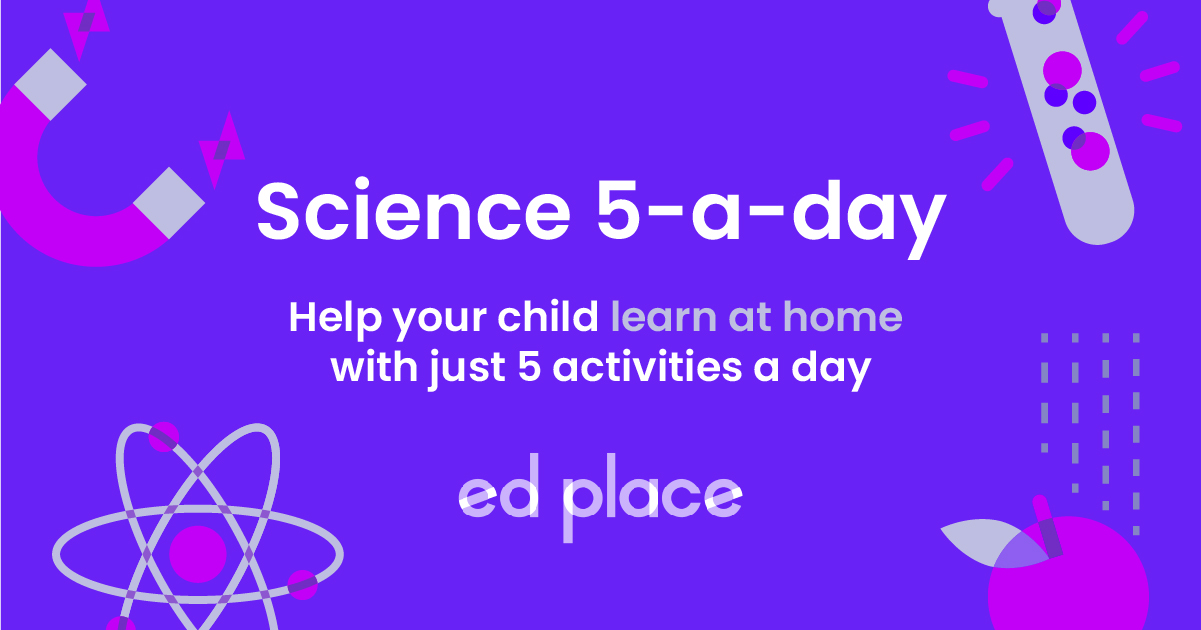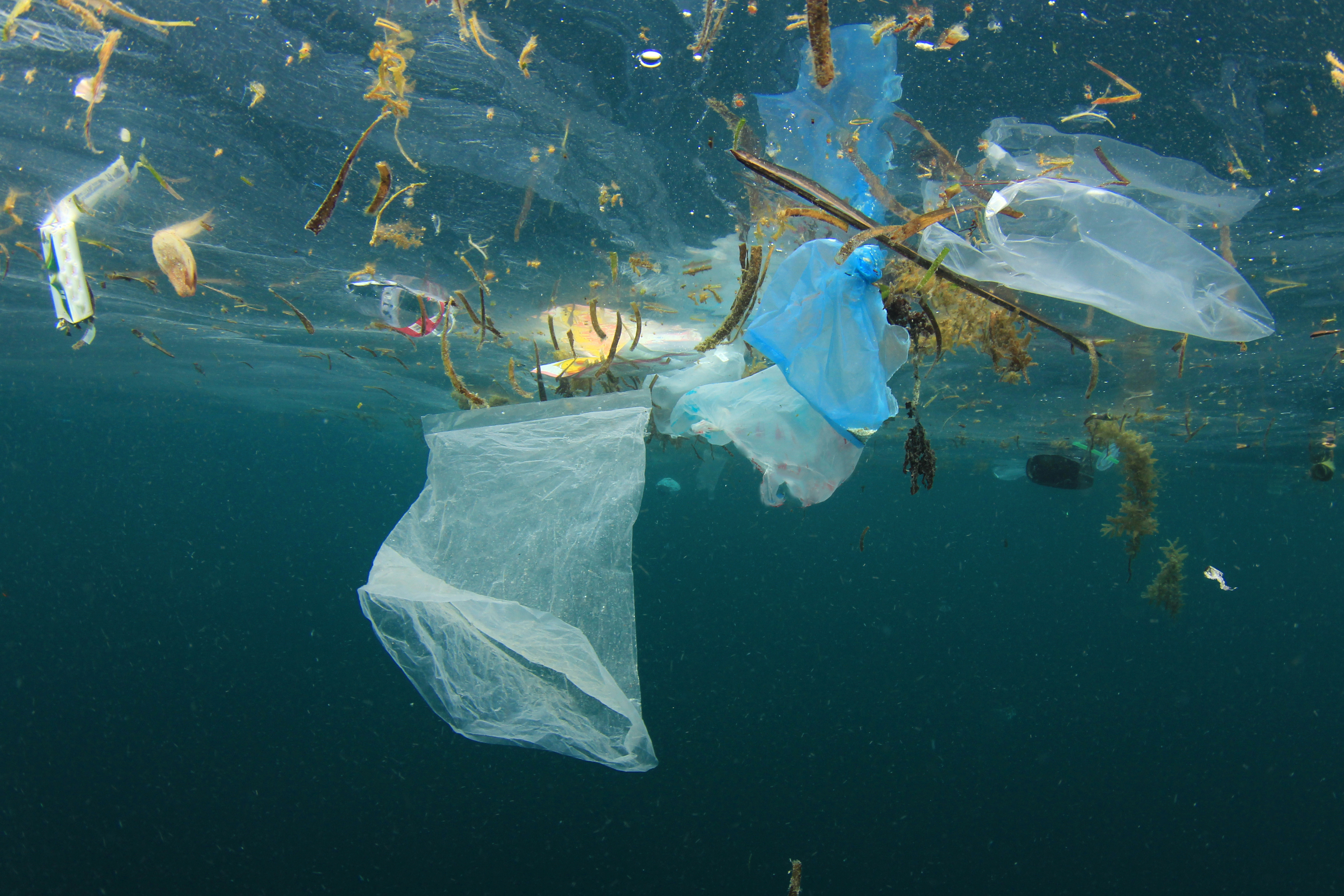
EdPlace's Key Stage 3 Home Learning Science Lesson: Solute, Solvent, Solution
Looking for short lessons to keep your child engaged and learning? Our experienced team of teachers have created English, maths and science lessons for the home, so your child can learn no matter where they are. And, as all activities are self-marked, you really can encourage your child to be an independent learner.
Get them started on the lesson below and then jump into our teacher-created activities to practice what they've learnt. We've recommended five to ensure they feel secure in their knowledge - 5-a-day helps keeps the learning loss at bay (or so we think!)
Are they keen to start practising straight away? Head to the bottom of the page to find the activities.
Now...onto the lesson!
What Did the Solution Say to the Solvent? It's not Ab-solute-ly Clear!
When making your daily (or hourly!) cup of coffee you’re unlikely to think of your coffee as a solution. Well, maybe a solution to waking you up first thing in the morning, but not really a scientific solution. In fact, the coffee granules you use and the hot water you stir, all have a part to play when we consider the topic of mixtures and solutions in science.
This concept is one of the key topics that key stage 3 scientist need to master. We're confident that if you follow the step-by-step guide below your child will be able to:
1) Define the terms solvent, solute and solution
2) Distinguish between these terms, identifying examples of each
3) Explain what a solution is
Step 1: Learning the Lingo
Before we get started, it’s important to check that your child understands some key terminology. Once they grasp what each term means, they'll be able to differentiate between solutes, solvents and solutions in both real life and scientific investigations!
When we dissolve something it means it has been fully mixed or combined, like sugar dissolves in a mug of tea.
A solute is a substance that dissolves, like sugar.
A solvent is normally a liquid that a solute is added to, often it’s water.
A solution is formed when the solute dissolves in the solvent, like your coffee or tea.
A mixture is when two or more substances are mixed together physically.
Step 2: What's a Mixture?
When more than two substances are combined together we have a mixture. However, it's crucial to remember that mixtures aren’t chemically joined, or bonded together.
For example, seawater contains a mixture of water, salt, sand, seaweed and sadly lots of litter. But, we can usually separate substances found in a mixture, so we could separate the sand from the seawater if we wanted to. Or take the litter out of the sea. This could be done fairly easily by the process of filtering.

Step 3: Being, Doing, Forming...
When adding salt to water it seems as though the salt disappears. In fact, the salt splits up and mixes with the water, meaning it has dissolved. Though we might not be able to see the salt, we can certainly taste it if we were to drink the water. A solution has formed. A solution is a special type of mixture. When one substance fully mixes with another and has dissolved, a solution is formed.
The salt is referred to as the solute, the thing that is being dissolved.
The water we refer to as the solvent, the liquid that does the dissolving.
The water and the dissolved salt make up the solution.
Your child can use the equation below in order to help them remember:
Solute + Solvent = Solution
Some children find these terms tricky because they sound similar and all begin with the letters ‘sol’. So perhaps go through them in a little more detail with your child so that they feel super confident!
Remind them: Being, doing, forming -
Solutes are the substances being dissolved.
Solvents are the substances doing the dissolving (normally liquids).
Solutions are formed when the solute dissolves in the solvent.
Step 4: Put Your Knowledge of Solutes, Solvents and Solutions to the Test!
Time to see how you both get on with the following questions:
1) What does the term solute mean?
Determine if the following are solutes, solvents or solutions:
2) A cup of instant coffee
3) Coffee granules
4) Boiling water
5) Decide what the solute and solvent are in a fizzy drink.
Step 5 - Activity Time!
Now, you’ve covered this together why not put this to the test and assign your child the following 5 activities in this order. All activities are created by teachers and automatically marked.
Plus, with an EdPlace subscription, we can automatically progress your child at a level that's right for them. Sending you progress reports along the way so you can track and measure progress, together - brilliant!
Activity 3 - Substances: Separation Techniques
Activity 5 - Fractional Distillation
Answers
1) A solute is a substance that dissolves in a liquid/solvent.
2) Solution
3) Solute
4) Solvent
5) The flavourings, sugar and carbon dioxide gas would be the solutes. Water is the solvent.
Keep going! Looking for more activities, different subjects or year groups?
Click the button below to view the EdPlace English, maths, science and 11+ activity library








